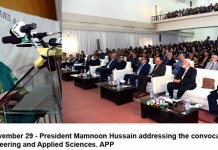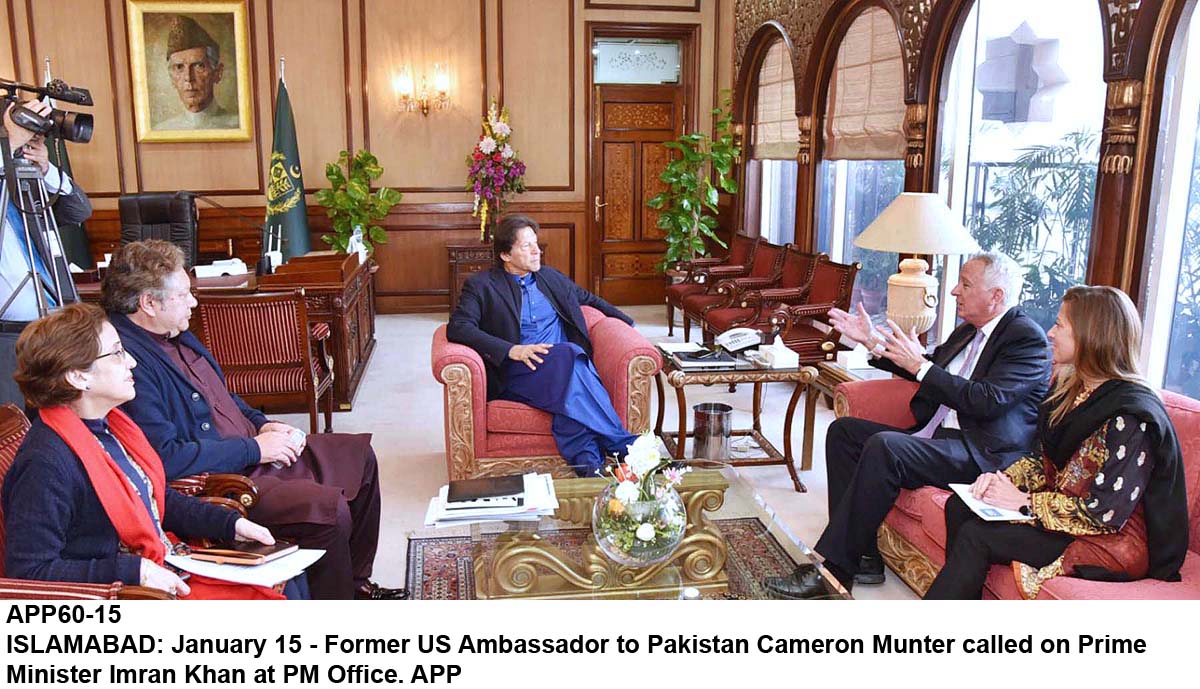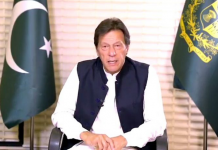ISLAMABAD, Oct 29 (APP): International Day of the Intangible Cultural Heritage was celebrated at the Pakistan National Council of the Arts (PNCA) on Tuesday to highlight importance of preservation of history, traditions and civilization of old times.
The day was celebrated through an event arranged under the auspices of PNCA, Lok Virsa, and UNESCO.
The purpose of celebrating this day was to raise awareness about the importance of preserving ancient civilizations, cultures, heritage, and archaeology and introduce the younger generation to the history, traditions, and civilizations of ancient times.
A large number of students from various educational institutions in Islamabad, members of civil society, and individuals from different schools of thought participated in the event.
A number of children not only watched unique displays of their elders’ traditional games but also showed great interest. Various informative documentaries were shown to the children.
Special films were presented on the historical significance and preservation of archaeological sites, including Mohenjo-Daro, Buddhist remains of Takht Bhai and Sara-i-Bahlol, Taxila, Lahore Fort, and Rohtas Fort.
A special documentary was also screened on Suri Jagek, the traditional meteorological knowledge of the Kalash community, based on ancient meteorological and astronomical observations.
Falconry, an ancient and globally recognized sport where hunting birds are trained to hunt, was introduced to the attendees.
A documentary on Nowruz was also shown, highlighting it as the New Year celebration in various cultures, especially in Central and South Asia.
While addressing the gathering, PNCA Deputy Director Waseem Raja stated that every society has its own unique traditions, civilization, and culture.
The civilization and culture of any region, nation, society, or country not only represent its history but also reflect its architectural style and social lifestyle. A society cannot remain connected to its history without preserving its culture and civilization.
مضمون کا ماخذ : کمپیوٹرائزڈ لاٹری














